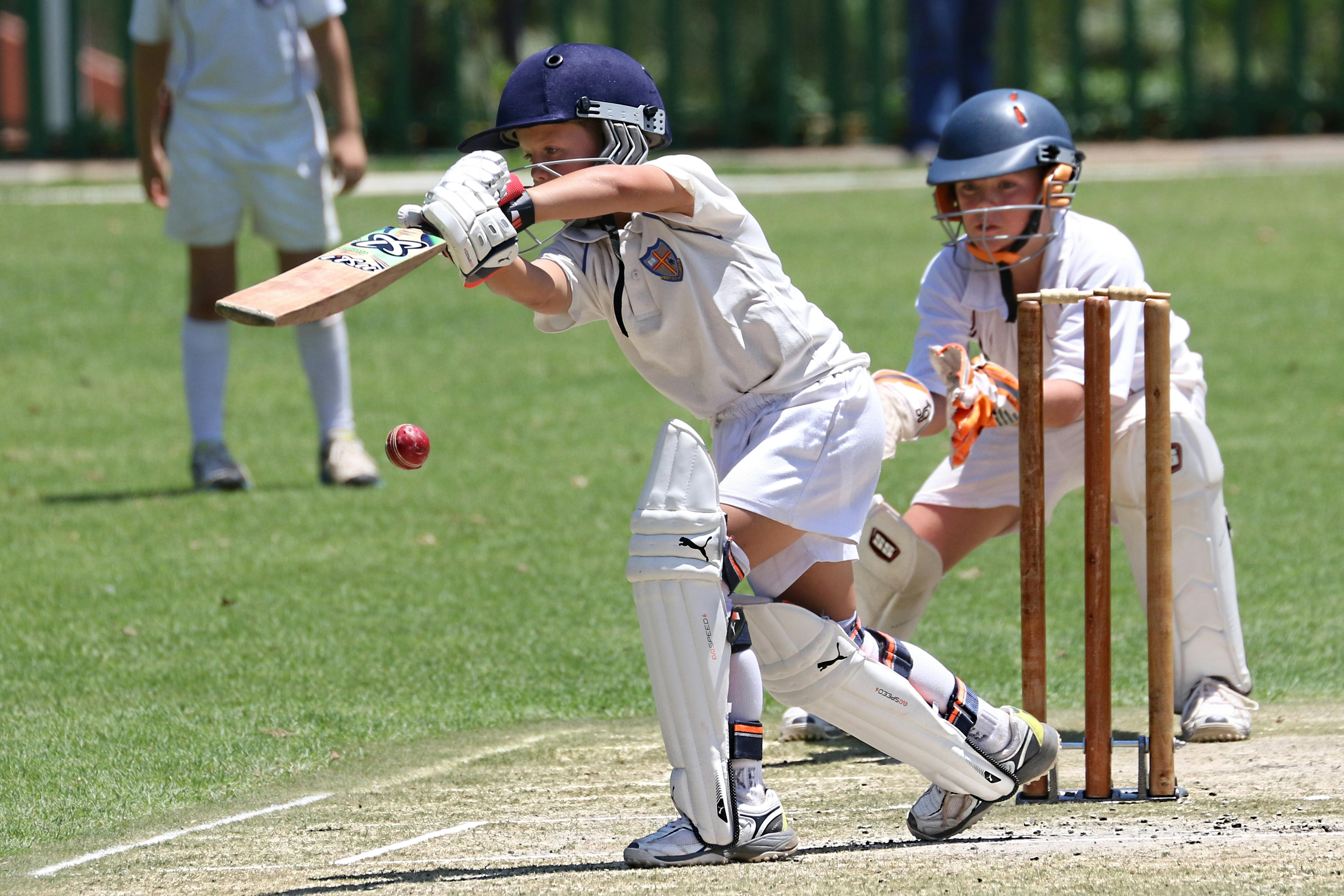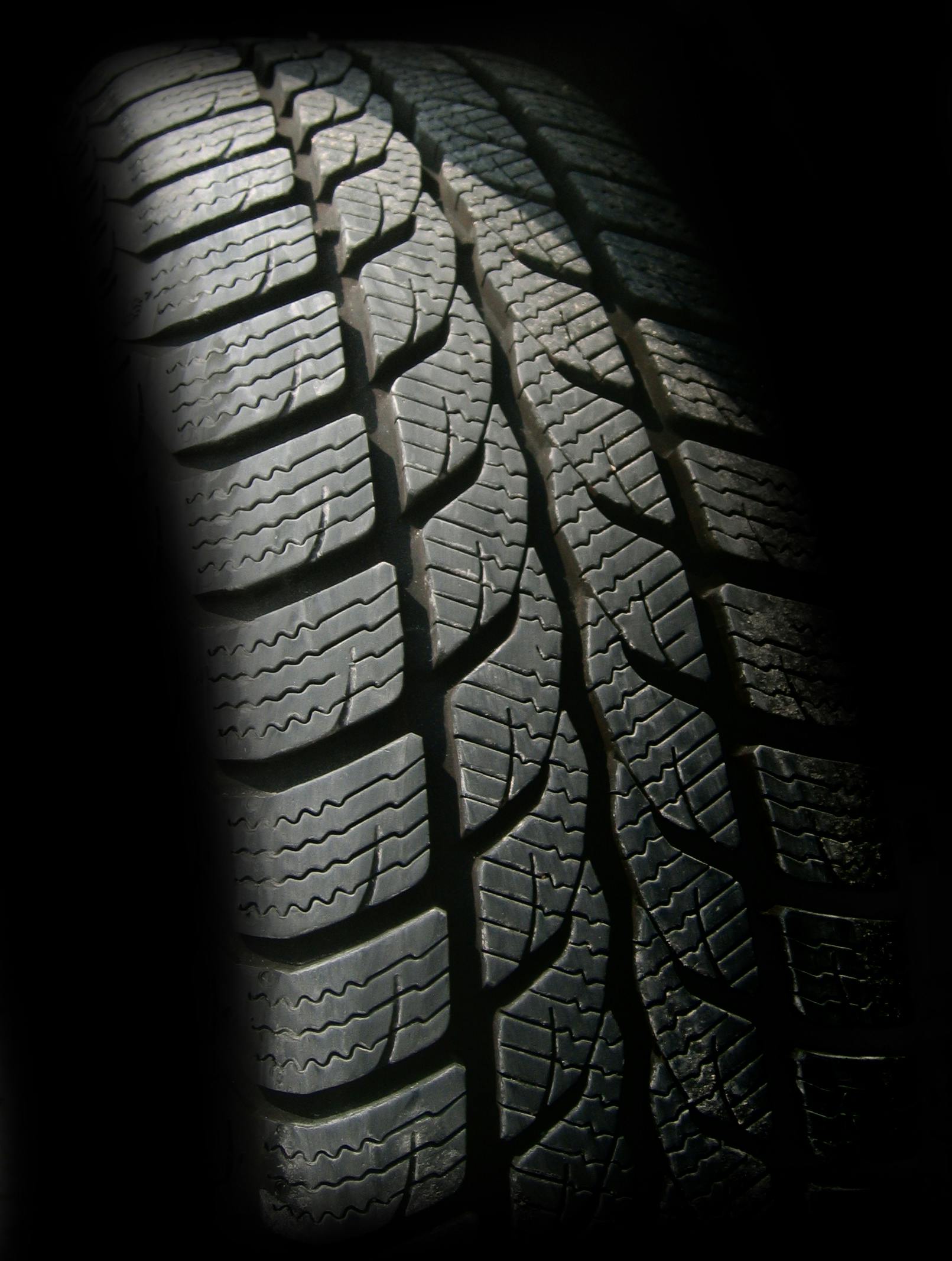Breaking Down the Biomechanics of a Bowling Delivery in Cricket
The sport of cricket, with its compelling blend of power, precision, and strategy, has evolved dramatically over the centuries. One area of this timeless game that has seen significant advancement is the art of bowling. Bowling, an essential component of cricket, involves an array of complex movements and techniques. This article delves into the biomechanics of a cricket bowling delivery, examining its history, current trends, and the intricate factors that contribute to a successful delivery.

Bowling in cricket is a fascinating blend of science and art. Each delivery involves a multi-staged approach, a unique release, and specific follow-through mechanics. The bowling action’s biomechanics play a crucial role in dictating the pace, spin, swing, and accuracy of the delivery. Understanding these mechanics can significantly enhance a bowler’s effectiveness and longevity in the sport.
The Historical Evolution of Bowling Techniques
Cricket bowling has experienced a fascinating evolution since its inception. Early cricket saw bowlers using an underarm technique, with the ball typically rolled along the ground. As the sport evolved, bowlers began to experiment with overhand deliveries, giving rise to the round-arm and eventually, the modern-day overarm technique.
Each stage of this evolution introduced new elements of pace, spin, and movement into the game, challenging batsmen in novel ways and adding a new layer of complexity to cricket.
Current Trends in Cricket Bowling and Biomechanics
In recent years, there has been a growing emphasis on understanding and optimizing the biomechanics of bowling. Bowlers and coaches alike are leveraging biomechanical principles to enhance performance and prevent injuries.
Fast bowlers, for instance, are focusing on optimizing their run-up speed and angle of delivery, while spin bowlers are experimenting with grip and wrist position to generate maximum spin. These trends highlight the increasing role of biomechanics in shaping the future of cricket bowling.
The Biomechanics of a Cricket Bowling Delivery
A cricket bowling delivery can be broken down into several key stages, each with its own biomechanical considerations. These stages include the run-up, bound, delivery stride, arm action, release, and follow-through.
The run-up should be smooth and controlled, building momentum for the delivery. The bound and delivery stride work together to transfer this momentum into the delivery, with the bowler’s body aligning towards the target. The arm action and release are where the bowler imparts pace, spin, and direction to the ball.
Understanding the biomechanics of each stage can help bowlers fine-tune their action, improving their performance and reducing the risk of injury.
The Future of Biomechanics in Cricket Bowling
With advancements in technology and sports science, the understanding and application of biomechanics in cricket bowling are set to further evolve. Predictive modeling and motion capture technology, for instance, could offer deeper insights into optimal bowling techniques.
These advancements could revolutionize cricket bowling, leading to the development of new techniques and strategies that push the boundaries of the sport.
Conclusion
The biomechanics of a cricket bowling delivery offer a fascinating glimpse into the intricate blend of power, precision, and strategy that characterizes the sport of cricket. By understanding and optimizing these biomechanics, bowlers can enhance their performance, paving the way for an even more exciting future for this beloved sport.




